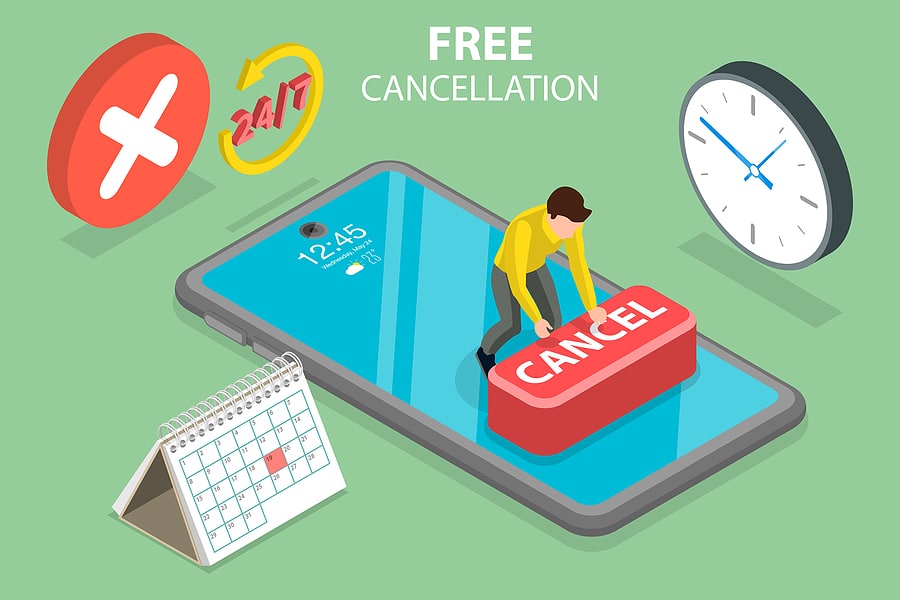
Best Practices for Subscription Cancellations
Lorem ipsum dolor sit amet, consectetur adipiscing elit. Ut elit tellus, luctus nec ullamcorper mattis, pulvinar dapibus leo.
Almost every day, we hear about new regulatory changes surrounding negative option marketing, subscription marketing tactics, and subscription cancellations. Of course, the Federal Trade Commission reigns supreme, and states are finding their way through their own laws. Your compliance officer or legal team should stay on top of any changes coming your way. But don’t wait for new rules and regulations to be imposed before you examine your own business processes for subscription cancellations. We...
HELLO!
This premium article is exclusively reserved for Subscription Insider PRO members.
Want access to premium member-only content like this article? Plus, conference discounts and other benefits? We deliver the information you need, for improved decision-making, skills, and subscription business profitability. Check out these membership options!
Learn more about Subscription Insider PRO memberships!
Already a Subscription Insider PRO Member?
Please Log-In Here!








